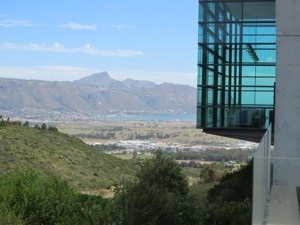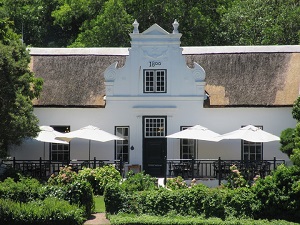1. SPANISH
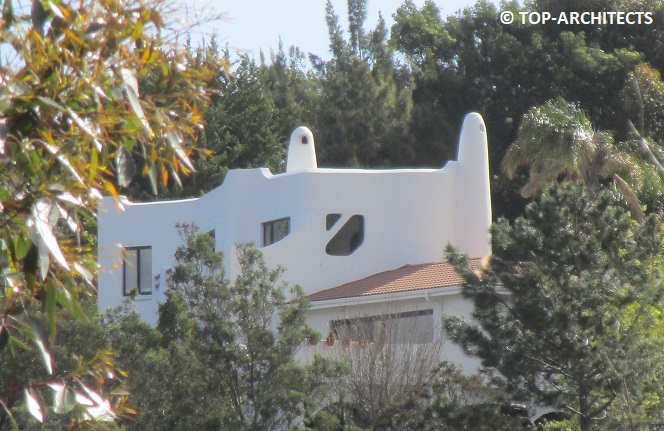
The Spanish style was one of the first European styles to become popular in the South African suburbs. White curved walls, red tiled pitch roofs, timber window frames, and black ironwork detailing are a few of the key characteristitcs of this type of house.
2. CAPE VERNACULAR
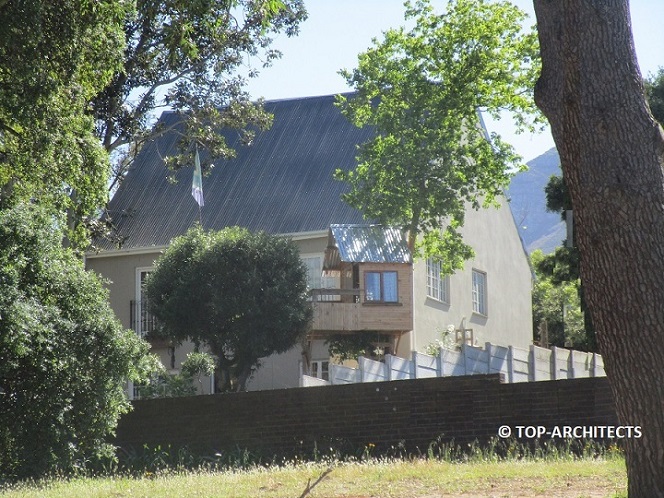
The Cape Vernacular style is sometimes confused with Cape Dutch architecure. This style usually has corrugated iron roof sheeting and not thatch, the gables are simplified and the plan arrangement is looser. It is supposed to be based on the more informal farming sheds and barns of the agricultural buildings indigenous to the area.
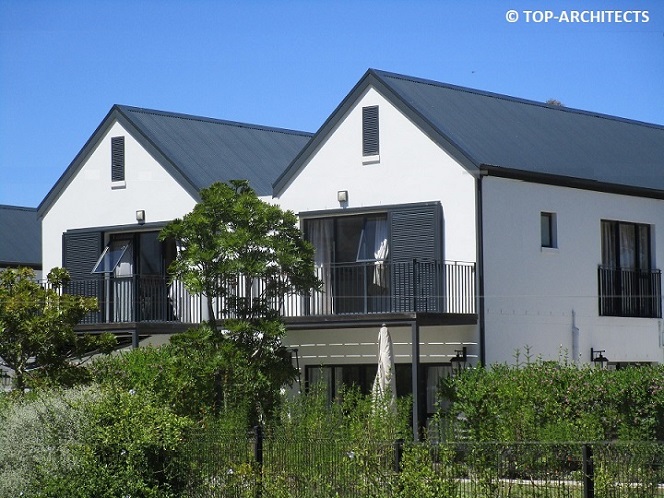
Another fine example of the Cape Vernacular style, the style is used in modern applications with dark charcoal roofs, window frames, shutters and other details while the walls remain pure white.
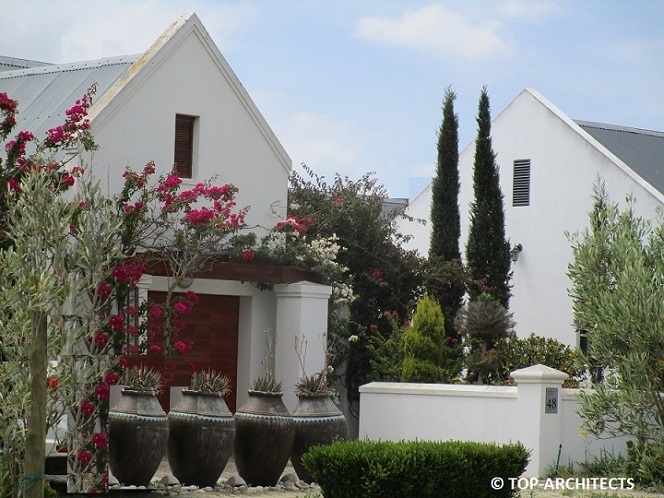
By using parapets instead of clipped fascias, the house takes on a more traditional aesthetic. The cypress trees and bogain villas are exotic plants but are very hardy and add a lot to an elevation such as this one.
For more stunning photos of designs similar to this one visit ARCHITECTCAPETOWN.
3. TUSCAN
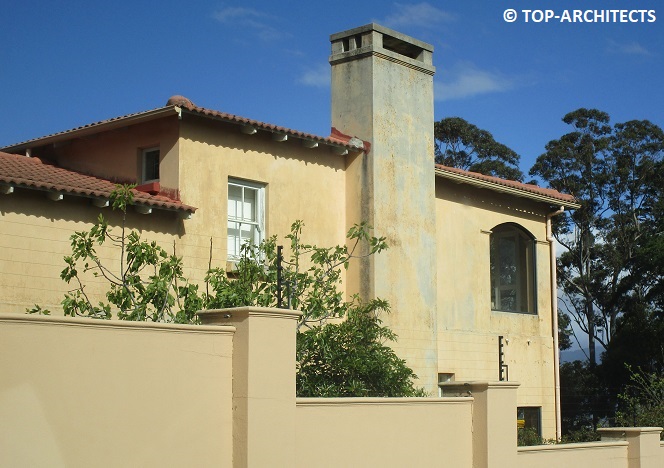
This style is loosely based on architecture from the town of Tuscany in Italy. The warm colours, red tiled pitch roof, and flexibility regarding columns, balconies and shutters make it an appealing domestic scale style.
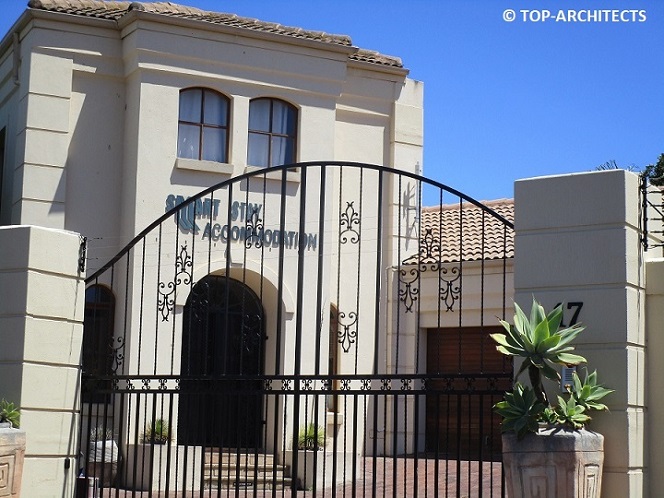
Corbelling on the corners has been more popular in the Northern Regions of South Africa - Gauteng in particular. The large arched door in this example is also very Italian and Roman in particular.
4. MODERN
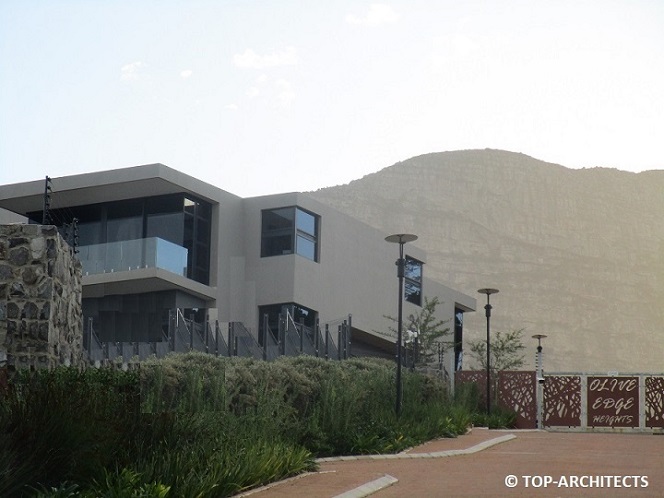
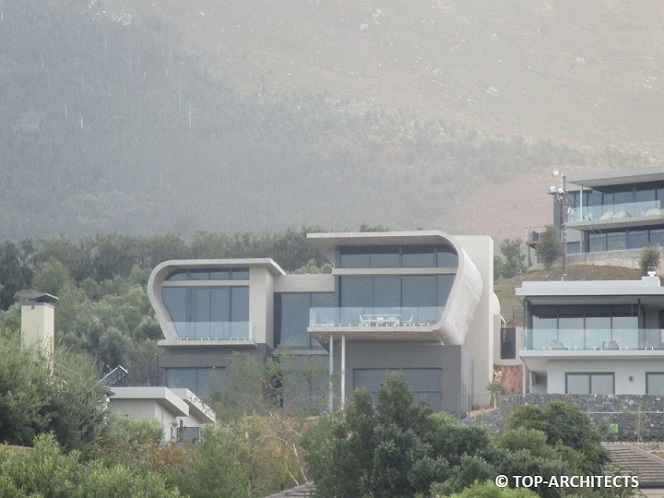
In this example from Olive Edge Estate in Somerset West, large curved concrete structures frame the home. The contemporary gem contrasts with the rustic nature around it.
Read more about designs by this architect at
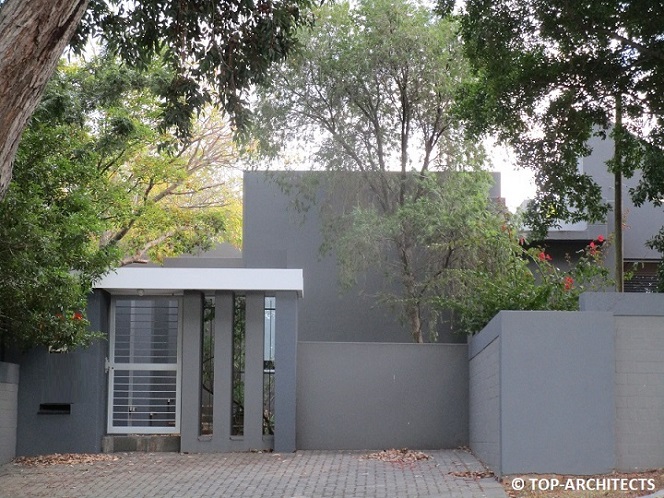
This more suburban example shows how simple blocks of building, which need not cost more can be arranged in a very modern and appealing way. A wonderful garden always completes the picture.
5. VICTORIAN
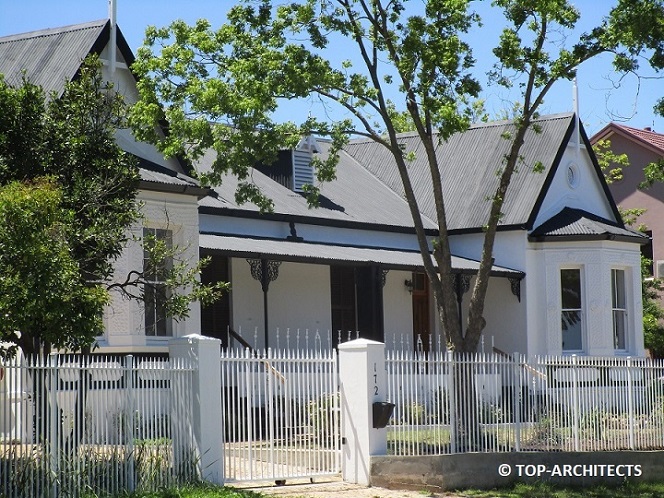
The Victorian style emerged during the reign of queen Victoria in the Uk, afterwhich the Victoria and Afred Waterfront is named. Steeply pitched roofs, bay windows and intricate iron detailing are the hallmarks of the style.
6. CAPE DUTCH
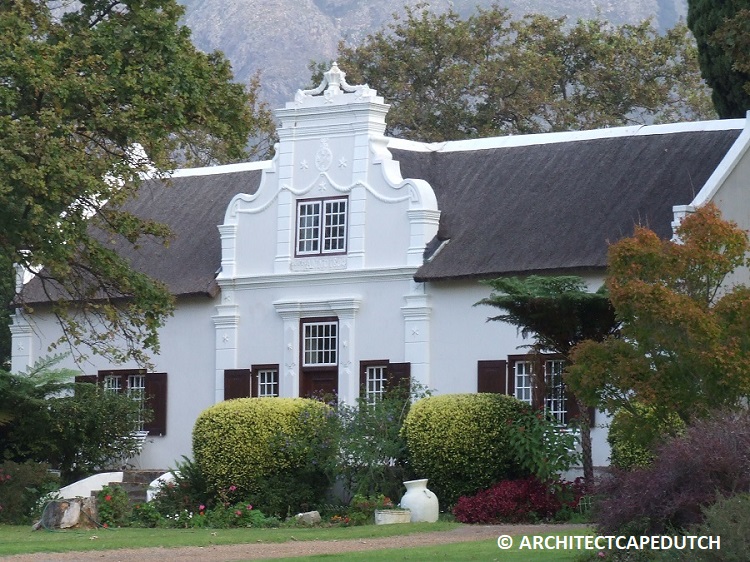
One of the earliest colonial styles to emerge in the Cape Colony, the Cape Dutch style was at its height from 1780 until 1850 and developed from simple holbol gables to the ornate baroque period, and later the more restrained neoclassical era.
VICTORIAN CHARACTERISTICS
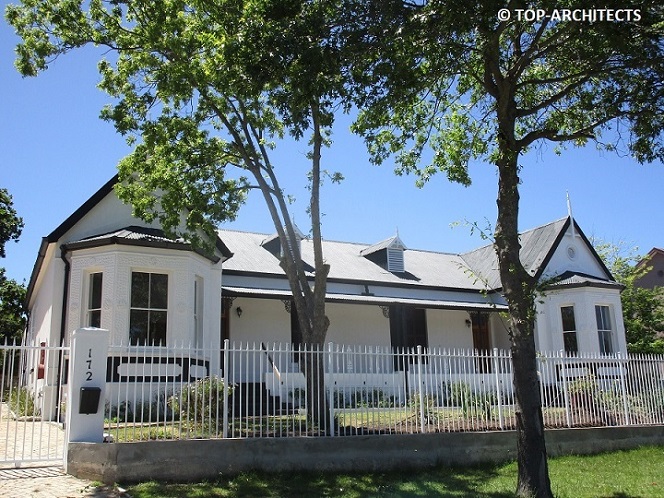
BAY WINDOWS
The bay window is a a protrosion of the window area with a smal three sided roof, creating a light and cosy space inside the room.
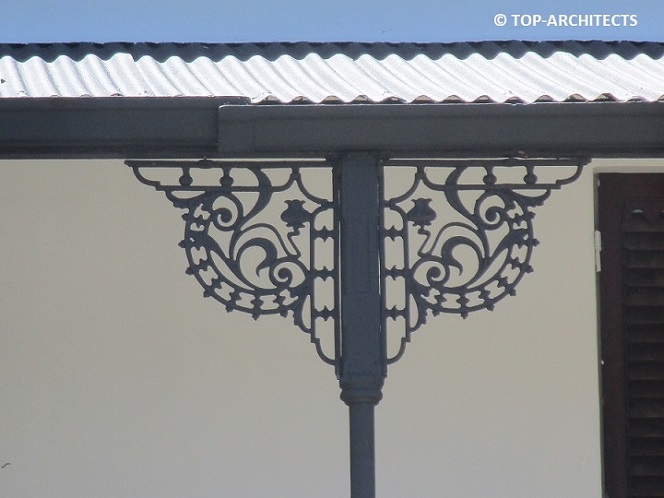
IRON DETAILS
The juncture of the column to the beam on verandahs was seen as an opportunity to create a detailed iron artwork sometimes known as "brookie lace" detailing.
MODERN CHARACTERISTICS
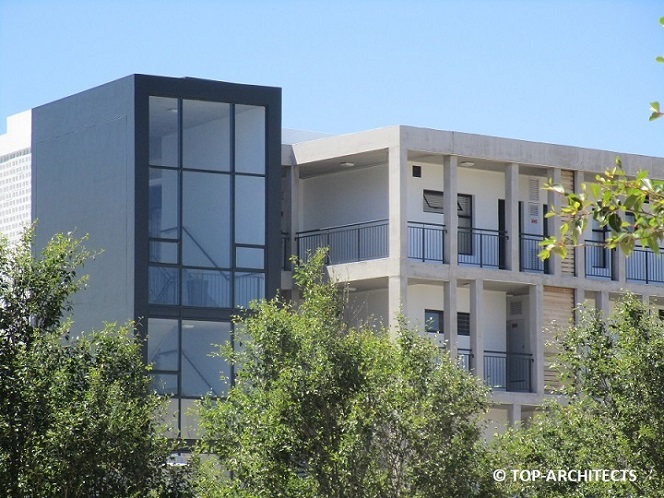
FLAT ROOFS
More often than not, the roofs of modern houses and apartments are flat roofs. This creates a simple flush appearance that does not distract from the sleek front facade.
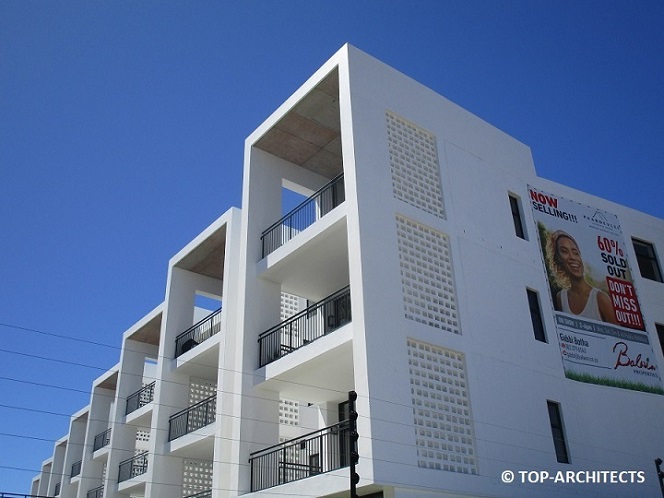
DEEP OVERHANGS
Deep beams provide shade for the windows and simultaneously add depth to the modern facade.
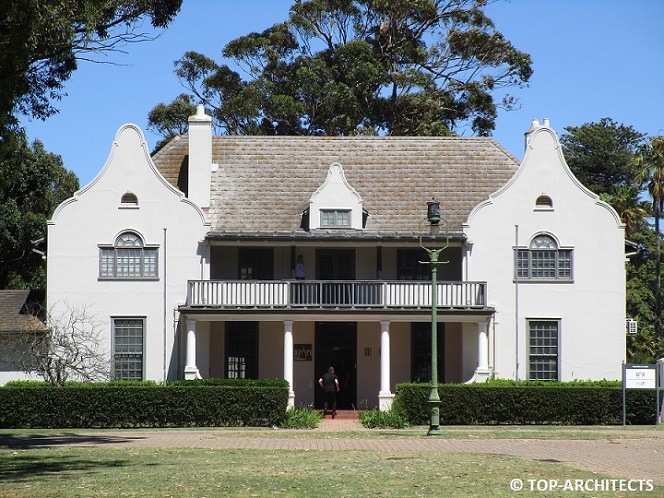
6. CAPE DUTCH REVIVAL
The Cape Dutch style is one of the styles that is truly endemic and indigenous to South Africa. The elaborate gable, thatch roof and sliding sash windows are characteristic of the style. In the revivalist versions seen in the suburbs, some license is taken with the roof, but the gable usually remains a distinguishing feature.
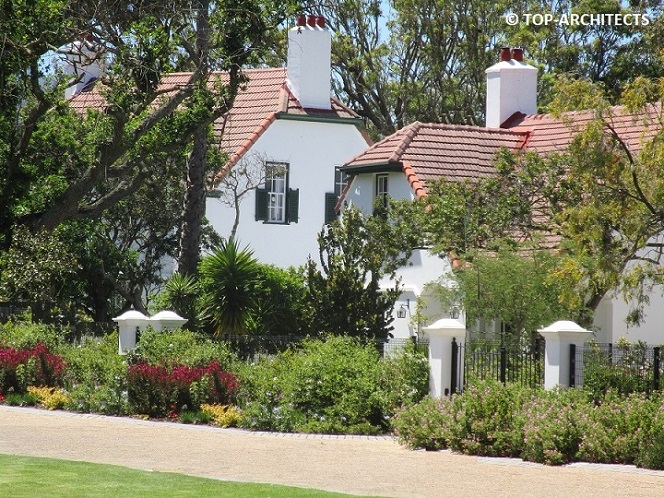
7. NOTTINGHAM TUDOR
In this English Style the roofs are typically half-hipped and steep. The windows are small and symmetrical. Often the gardens are well manicured as in this example creating a feeling of depth and quality.
Visit TOP-ARCHTECTS for more on residential architects in the area. ************ SPACE FOR LINK ************** -->
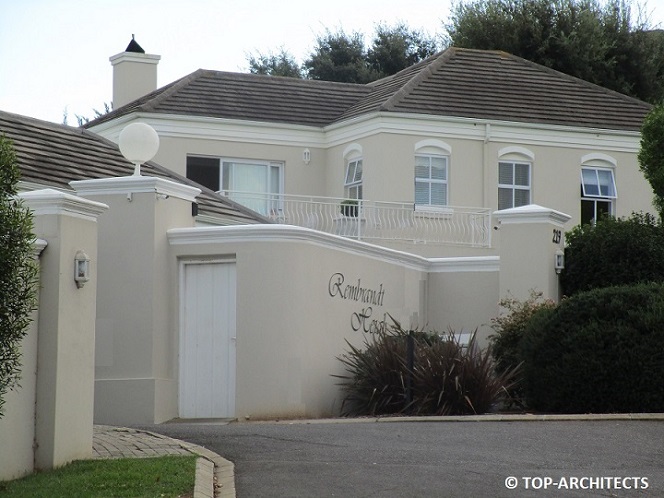
8. MODERNISED FRENCH
French architecture is usually sophisticated with its dormer windows, tall double-doors intricate ironwork and slate roofs. The white walls also make it amenable to modern sensibilites. The style is gaining traction in South Africa currently.
VIEW MORE CAPE DUTCH HOUSES
NEXT >



